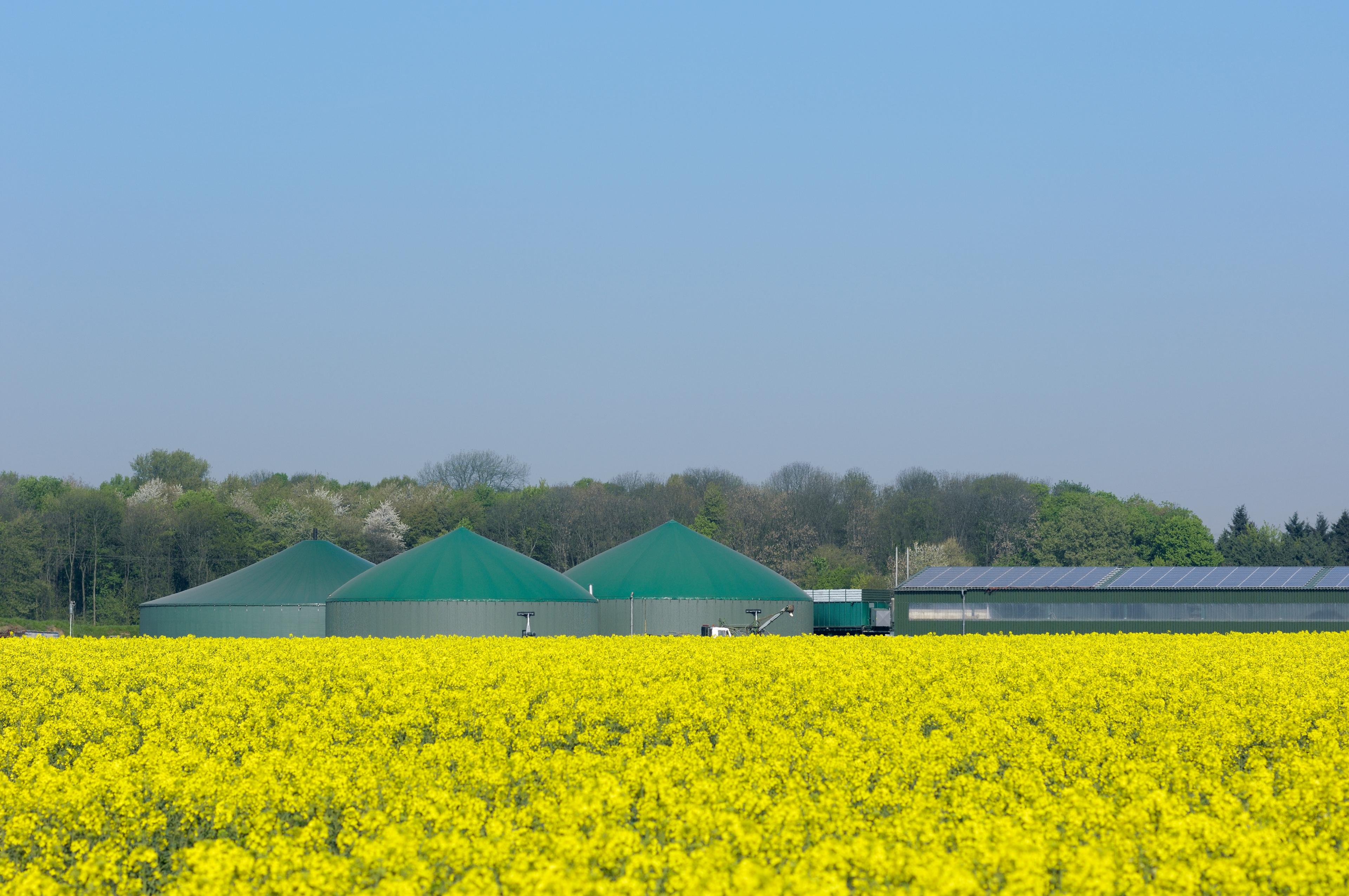There’s a lot of buzz around renewable natural gas, or RNG, as a means for dairy farmers to diversify revenue while improving their carbon footprints. For many operators, it can be a particularly attractive option, especially given the current market and economic conditions.
But embarking on an RNG project is a complex endeavor, and it isn’t necessarily right for every operator. Let’s take a look at the pros and cons, your options for financing an RNG project and what you need to do to make sure your farm is ready to take advantage of RNG.
Pros and cons
As with any expansion, you’ll need to consider how RNG could impact your cost of production and your balance sheet. You’ll want to make sure that you’ve got a profitable plan in place and that it has adequate cash flow to cover debt service. You’ll also want to pay close attention to working capital and also to your longer-term shock absorber, which is equity.
One key driver of the recent activity around RNG is the ability to earn environmental credits. Credits can be generated by converting livestock manure into RNG via an anaerobic digester. Operators can then monetize those credits by selling them to a buyer, typically through one of the following:
Renewable identification numbers, or RINs, which are used as currency under the Environmental Protection Agency’s Renewable Fuel Standards program.
California’s Low Carbon Fuel Standard, or LCFS, which is designed to decrease the carbon intensity of the state’s pool of transportation fuel. Fuels with carbon intensity scores lower than diesel generate LCFS credits.
Also, any expansion project—especially one of this scope—dries up your equity as a result of the increased leverage, so you’ll need to be careful not to end up with a balance sheet that cannot support both short-term and long-term periods of low margins.
Financing options and their implications
Of course, you can use traditional bank financing to fund an RNG expansion. The concern here is that your leverage may get too high, which means you’ll want to stress test both your budget and your balance sheet.
You can also earn advances on future income from the RNG project. We’ve seen a willingness by RNG project developers to inject capital into the expansion project. While the advantage is that this keeps leverage on the farm lower, it also typically results in lower RNG revenues in the future. Make sure you weigh the options, particularly paying attention to the time value of money and interest costs.
Also note that it takes time to plan and build an RNG project. Once it’s in operation, it usually takes a about a year to earn a carbon intensity score that will let you realize revenues from RINs or LCFS credits. This means you’ll be deploying capital to construct a project, and you’ll need liquidity to operate and finance the expansion for about two years before the bulk of the revenues are realized.
Make sure you can follow through
Scenario planning and stress testing of both cash flow and earnings budgets will be crucial to determining whether your operation can benefit. That is, if you stub your toe in the middle of the project, do you have a contingency plan in place? Is your working capital strong enough to carry you? Will you need to borrow additional funds, and do you have the capacity to do so?
Keep Murphy’s Law in mind: what can go wrong will go wrong, and usually at the worst possible time. Think about what you can do to manage that scenario. The rule of thumb for doing this is the 10-10-5 rule. That is, can your plan sustain a 10% drop in revenue, a 10% increase in costs or a 5% increase in interest rates? If the plan cannot sustain that, you may want to revisit your options and have a stronger risk management plan. After construction, a good rule of thumb to follow is to have 2.5 months of working capital available and more than 40% equity in the balance sheet.
Financial considerations aside, operators will have to determine the impact an RNG project can have on their day-to-day operations. Because you’ll be working with a construction firm to install the digester, there are often layers of corporate bureaucracy that stretch out the timelines and deadlines for construction, design and planning. You’ll also have to work with the gas company to install the pumps and pipes that get manure to the digester consistently. Because the gas company may not understand the ins and outs of your business, you’ll need constant communication to make sure you have a say in the process. The operation of the RNG plant will also require, time, maintenance and management.
Also, because the credits you earn are tied to your carbon intensity score, hiring an engineering consultant to provide a rough estimate of expected your score is valuable for determining what you can expect to earn. Finally, if you do take the plunge into RNG, make sure you manage your environmental credits properly. Basically, only give developers what they're entitled to, which is the credits and monetization of those credits that arise from their production. Beyond that, make sure the agreement reserves the rest of the credits for your activities on the farm.
Given the market volatility and economic realities, it’s easy to understand why expanding into RNG production would be an attractive source of revenue for dairy farmers. Just make sure you’ve done your homework to determine if it’s the right choice for you.
This article originally appeared in Progressive Dairy.
Brad Guse, BMO Commercial Bank Senior Vice President, Agricultural Banking, contributed to this article.
